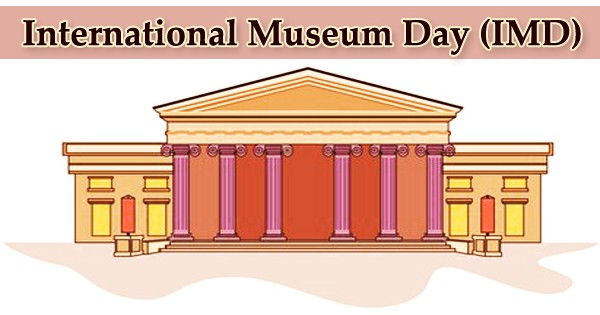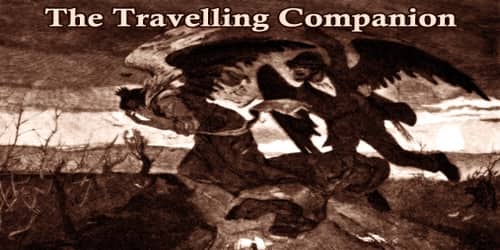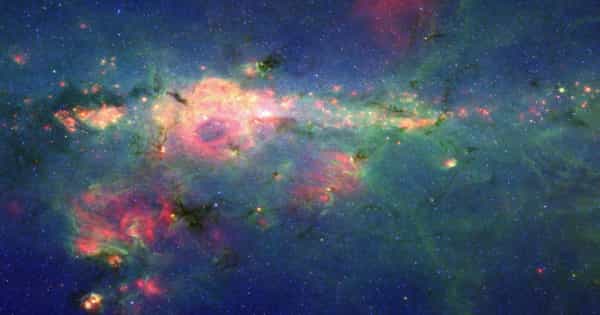Since 1977, the International Council of Museums (ICOM) has celebrated International Museum Day (IMD), which represents a unique moment for the global museum community. It is an international day, and the event focuses on a specific theme that varies each year to reflect a current theme or concern confronting museums around the world. International Museum Day (IMD) aims to promote awareness about how “Museums are an important method of cultural exchange, enrichment of civilizations, and growth of mutual understanding, collaboration, and peace among peoples.” The events and activities organized to commemorate International Museum Day might last a day, a weekend, or an entire week. They are usually held on or around the 18th of May each year. IMD allows museum professionals to meet the public and inform them about the issues that museums face, as well as create public awareness of the role museums play in society’s growth. It also encourages museum personnel to communicate with one another. The day has become increasingly popular throughout the world, from America to Oceania, as well as Africa, Europe, and Asia. Several groups offer free museum visits on topics such as agriculture, fashion, space and astronomy, archaeology, art and culture, history, and so on. People celebrate the day by visiting nearby museums with their relatives, friends, and family. For the first time 40 years ago, International Museum Day (IMD) was observed; today, more and more museums throughout the world participate in IMD. Since its inception, the day has grown in popularity, with 20,000 museums from over 90 countries participating in International Museum Day 2009. In 2012, 30,000 museums from 129 countries took part in the initiative. The official IMD poster was translated into 37 different languages in 2011. By 2014, IMD had attracted 35,000 museums from 140 countries.
There is no better way to commemorate International Museum Day (IMD) than to visit a local museum alone or with friends/family members. The inaugural International Museum Day was organized by ICOM in 1977. IMD was founded after ICOM passed a resolution to organize an annual event “with the goal of further integrating the creative goals and efforts of museums and calling the attention of the global public to their activities.” The International Council of Museums (ICOM) is the world’s largest association of museum professionals dedicated to promoting and protecting natural and cultural assets. Its dedication to the advancement of culture and knowledge is bolstered by its 31st International Committees, which are committed to a wide range of museum specialties, possess extensive expertise, and have conducted advanced research in their disciplines for the benefit of the museum community. It also fights against illegal trafficking, assists museums in emergency situations, and so on. As a result, it is reasonable to conclude that museums play a vital role in the preservation and promotion of our cultural heritage. The Museum gathers and maintains religious, cultural, and historical objects and resources. It is, without a doubt, a repository for antique relics, sculptures, artefacts, history, and so on. Every year, museums from all over the world are asked to participate in IMD in order to promote the importance of museums around the world. They do it by holding events and activities around the annual topic. According to the International Council of Museums (ICOM),
“Museums have the potential to foster a dialogue between cultures, to construct bridges for a peaceful world, and to define a sustainable future as institutions at the center of society.”
Because International Museum Day (IMD) is becoming a more popular worldwide event, many of the larger and better-known museums are likely to be fairly packed on this day, especially as many museums do not charge an entrance fee.
















